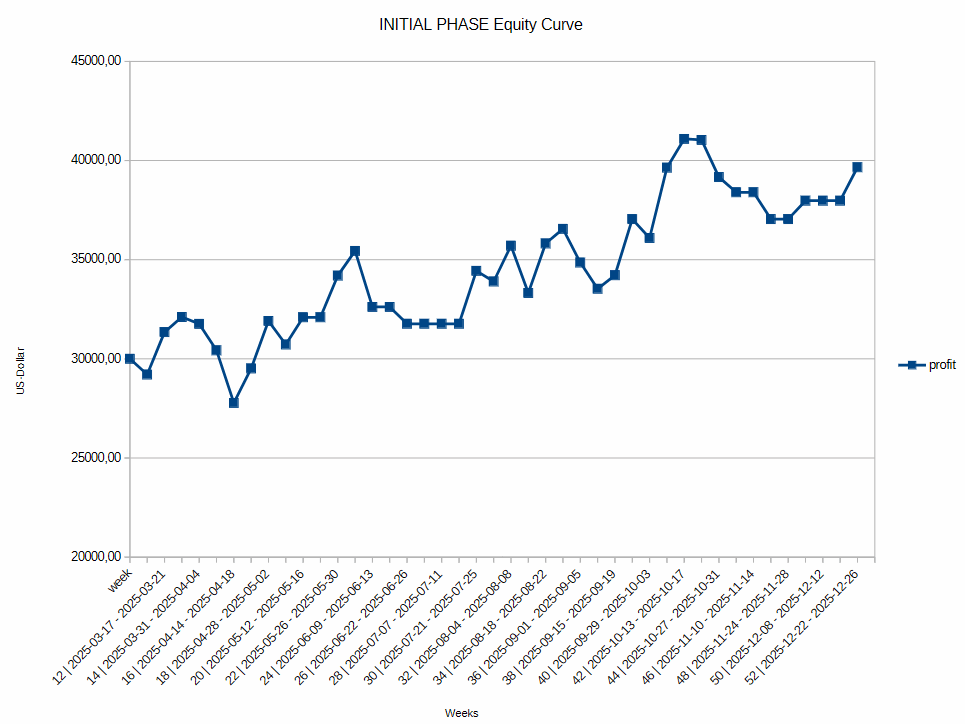When using Cumulative Delta from Rithmic in MultiCharts.net, choosing between "Ask Traded vs Bid Traded" and "Up Tick vs Down Tick" depends on the type of analysis you're looking to perform and the level of market detail you need. Here's a breakdown of both options to help you decide:
1. Ask Traded vs Bid Traded:
-
What It Represents:
- This method shows the cumulative difference between the volume of contracts traded at the ask price (buyers willing to pay) versus those traded at the bid price (sellers willing to accept).
- Ask Traded indicates buying pressure (market participants who are willing to buy at the asking price).
- Bid Traded indicates selling pressure (market participants who are willing to sell at the bid price).
-
When to Use:
- Best for analyzing market depth and order flow since it reflects real-time activity based on the bid/ask spread.
- This method allows for a more accurate view of whether aggressive buyers or sellers are in control, making it more suitable for short-term trading and precise order flow analysis (such as scalping or intraday trading).
- Ideal for gauging market sentiment and immediate directional moves based on who is dominating the price action (buyers vs. sellers).
2. Up Tick vs Down Tick:
-
What It Represents:
- This method uses ticks to track price movements. An up tick occurs when the market moves to a higher price level than the previous trade, and a down tick happens when the market moves to a lower price level.
- The focus is on the price direction, rather than depth or aggression. It captures momentum in the market without necessarily considering the volume traded at each price point.
-
When to Use:
- Best suited for more trend-following strategies or when you are trying to gauge overall market direction based on past price movements.
- If you are interested in general market momentum or are analyzing larger timeframes (like intraday or swing trading), this can be useful for visualizing trends.
- However, it can sometimes be less precise because it does not focus on the volume traded at the bid or ask prices but on the direction of price.
Conclusion:
-
Ask Traded vs Bid Traded is likely to be a better choice for precise and real-time market analysis, especially if you're interested in order flow, market sentiment, and immediate price movements. It gives you insight into buyer vs seller strength and how orders are flowing at different price levels, providing more actionable information for short-term strategies.
-
Up Tick vs Down Tick could be useful if you're looking to gauge overall market direction or trend strength in a more general way, particularly if you're focused on the broader momentum of the market over larger timeframes.
In summary, if your goal is detailed and actionable information regarding order flow and the balance of supply and demand, Ask Traded vs Bid Traded should provide you with superior insight for your strategy.

